Sump pumps are the last line of defense for protecting a structure against water intrusion. Preventing penetration should come first, but sometimes site drainage and water table challenges require that unavoidable entry be addressed. Properly constructed sump pump systems are connected to a perimeter drain channel. It provides a path of least resistance for water that crosses the foundation so it can be directed to the pump and then discharged outside of the home. Because the need for a system usually occurs during severe weather, a battery backup is recommended in case power is lost.
There may be limitations to inspecting a sump pump system that should be reported: a sealed sump, no water in the sump, or no power to the pump. Whenever possible operate the pump manually. Report inoperative pumps, damage, leaks, or hazardous loose , missing, or inappropriate sump covers. Systems must have a visible discharge well away from the structure and not into the sanitary drains. Drain lines should have check valves to prevent backflow and short-cycling.
The sump pump is damaged. This affects proper function. Repair or replace the pump.
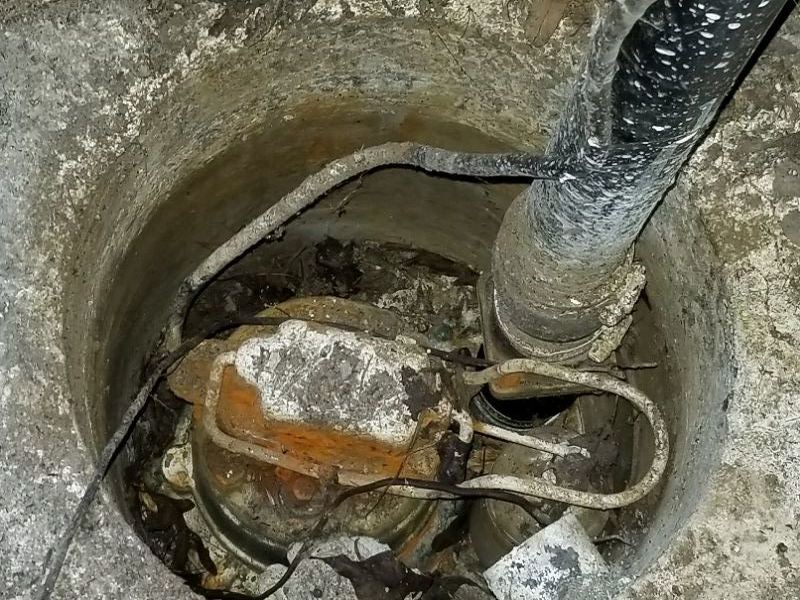
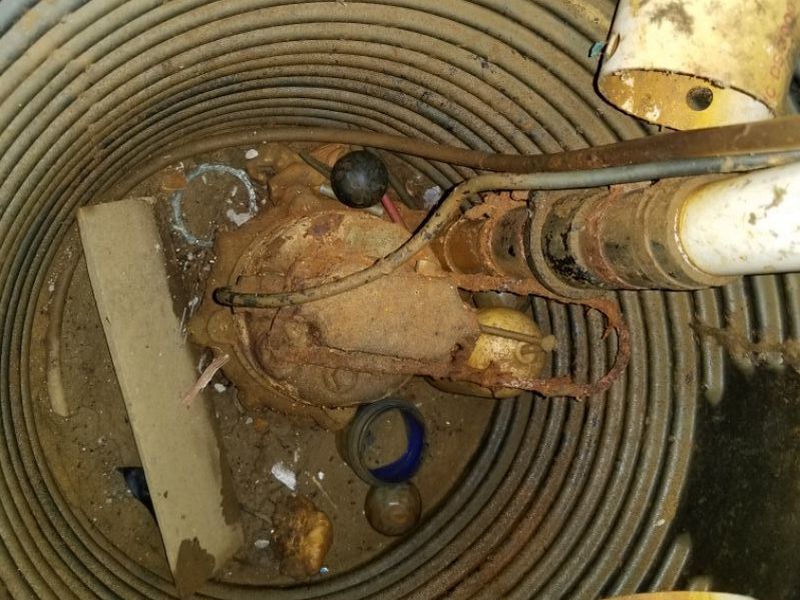
The sump pump cover is loose or damaged. This is a safety hazard. It will also allow debris to enter the sump pit and risk clogging or damaging the pump. Secure or replace the cover.
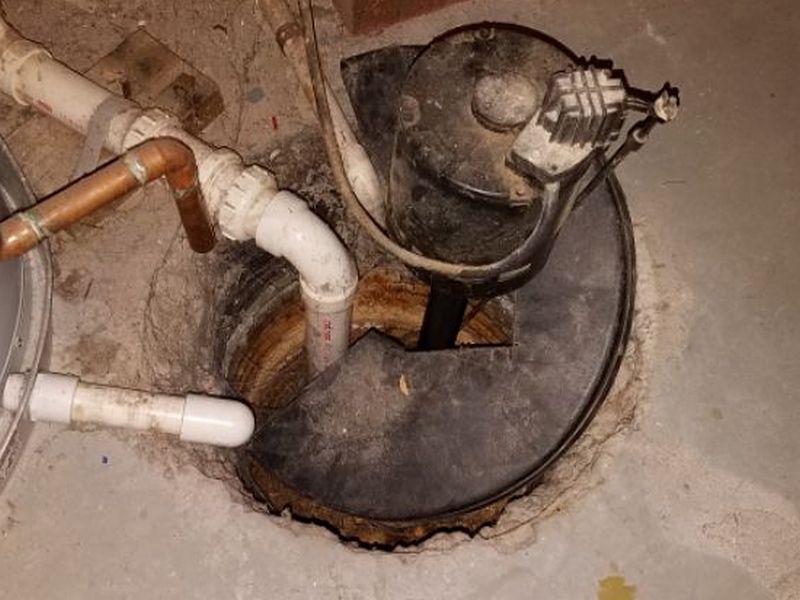
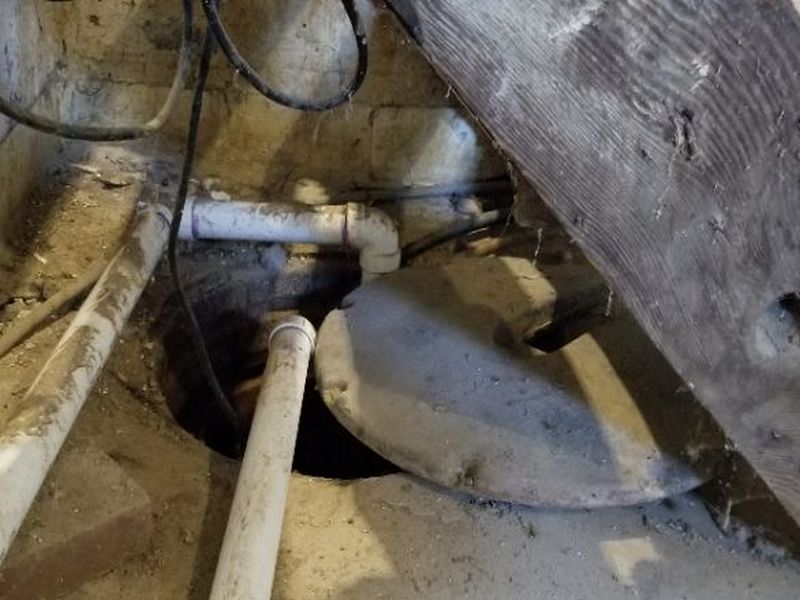
The sump has a wood cover. The wood cover is subject to deterioration and is conducive to wood destroying insect infestation. Replace the cover.

The sump pump cover is missing. This is a safety hazard. It will also allow debris to enter the sump pit and risk clogging or damaging the pump. Replace the cover.

The sump pump discharge line is loose or leaking. This prevents proper operation and permits water damage. Repair or replace the discharge line.
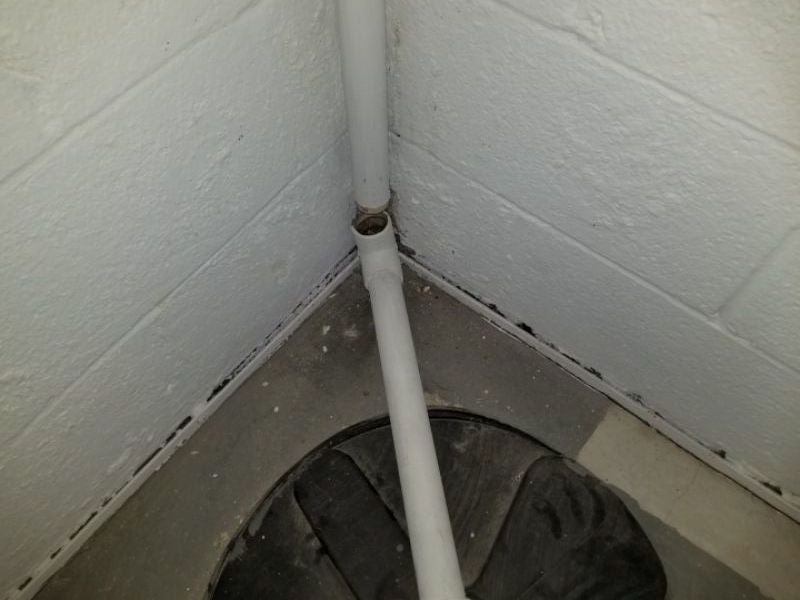
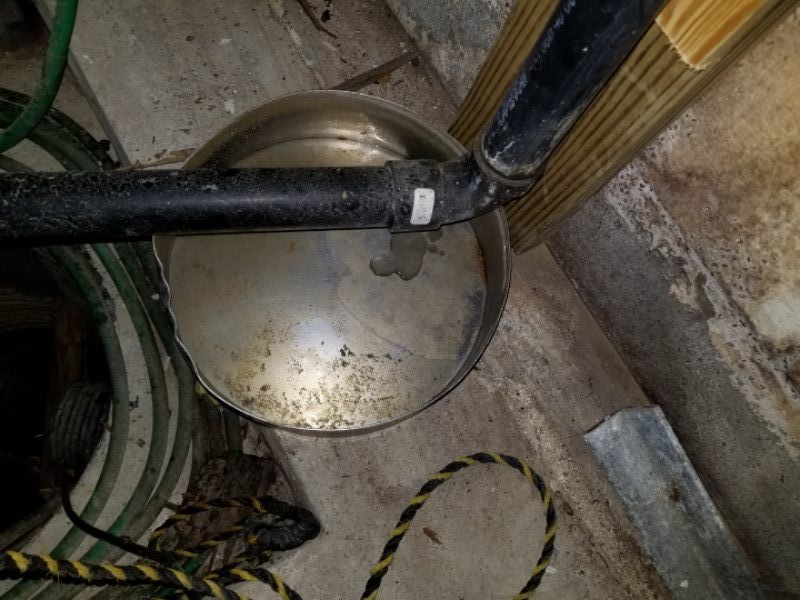
The sump pump discharge line is clogged. This prevents proper operation and permits water damage. Clean the discharge line.

The sump pump’s discharge line has a valve installed. If the valve is closed the system will not work and will cause interior water damage. Remove the valve.
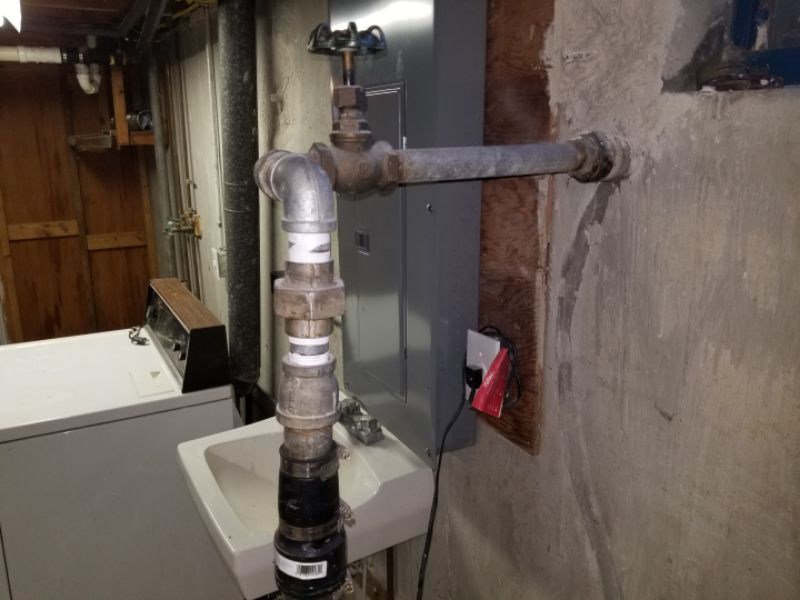
The sump pump is discharging too close to the dwelling. This permits the discharged water to re-enter through the foundation. Extend the pipe to discharge the water at least 6′ away from the structure.
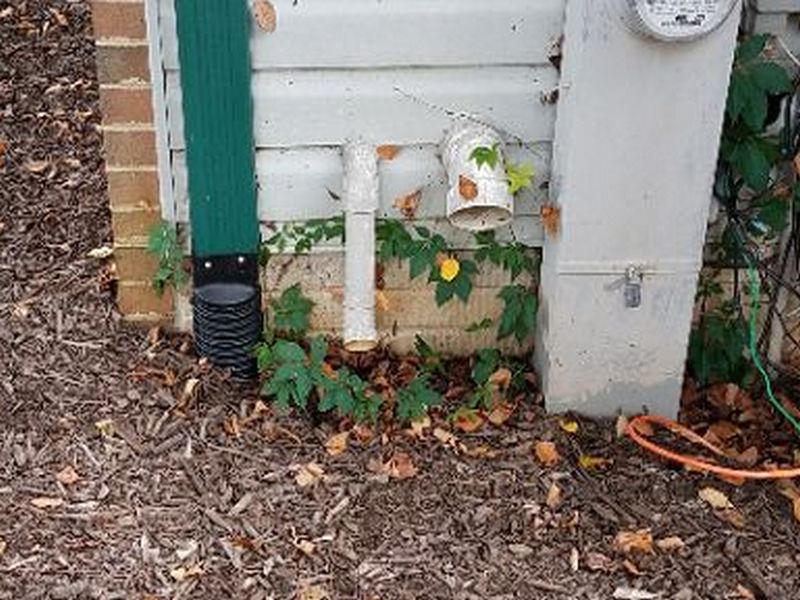
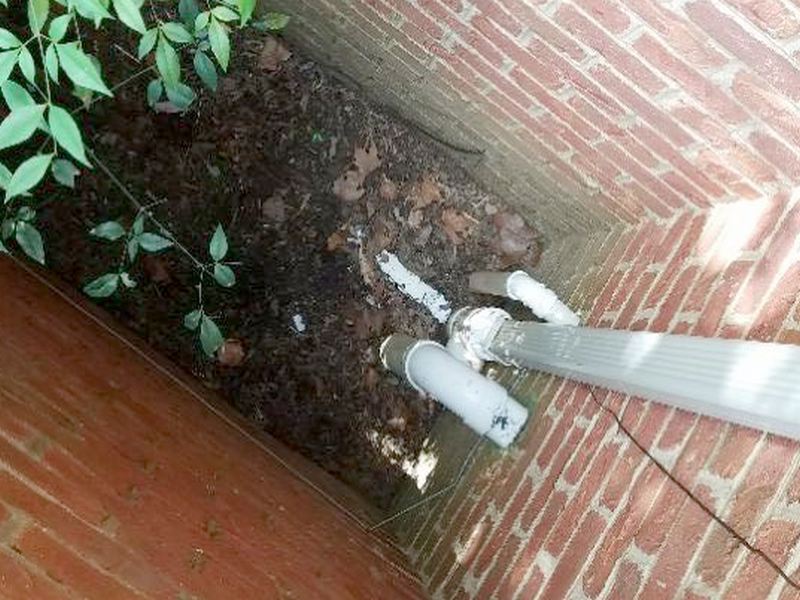
The sump pump drains into the municipal sewer system. This is no longer permitted in many localities. Hire a contractor for an evaluation and to make repairs or upgrades as needed.
The sump pump discharge pipe is plumbed to the septic system. This introduces excessive water into the septic drain field, which can cause a field failure. Reroute the discharge to the exterior away from the structure.
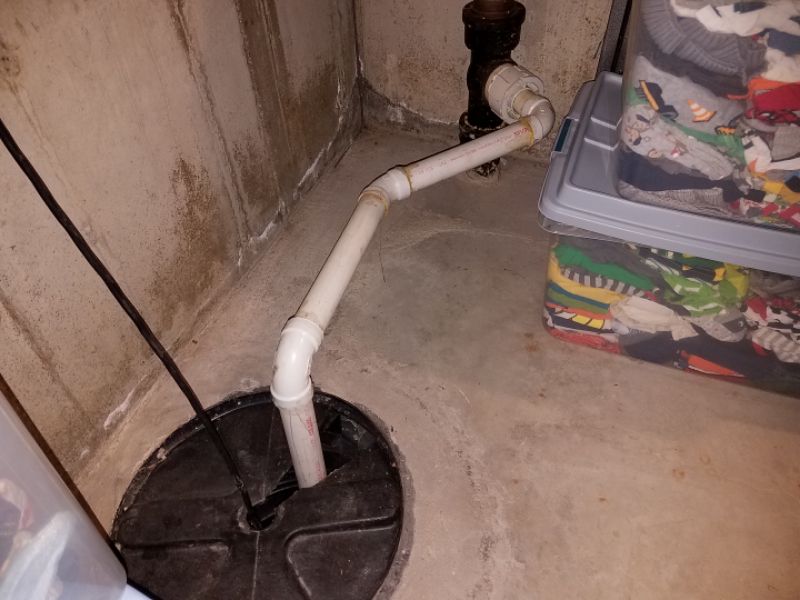
The sump pump check valve is missing or inoperative. The check valve is required to prevent discharged water from re-entering sump pit. Repair or replace the valve.
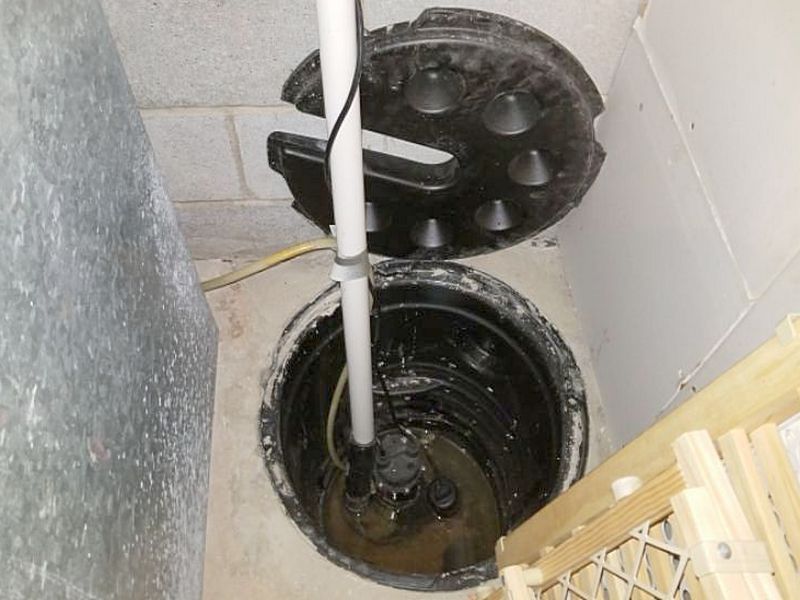
The water level in the sump is higher than the inlet pipe. This indicates a pump failure, and may allow water damage to the property. Replace the pump.
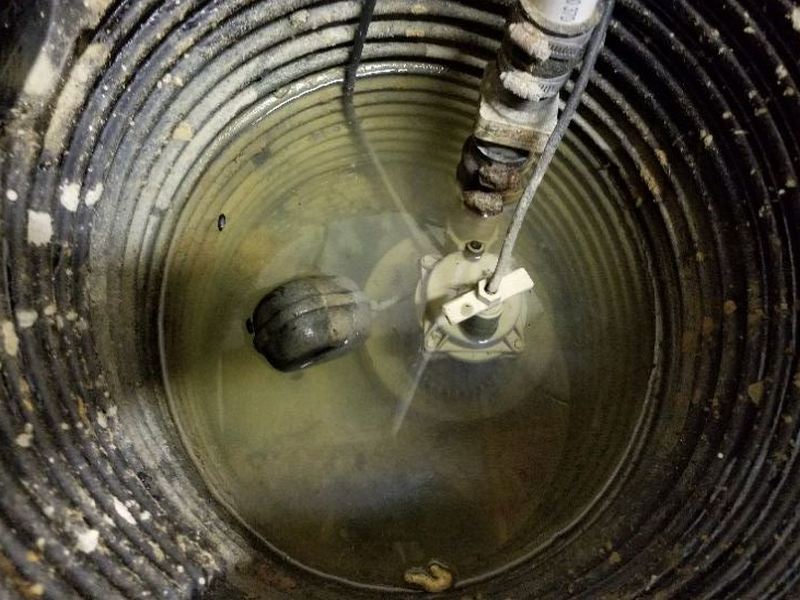
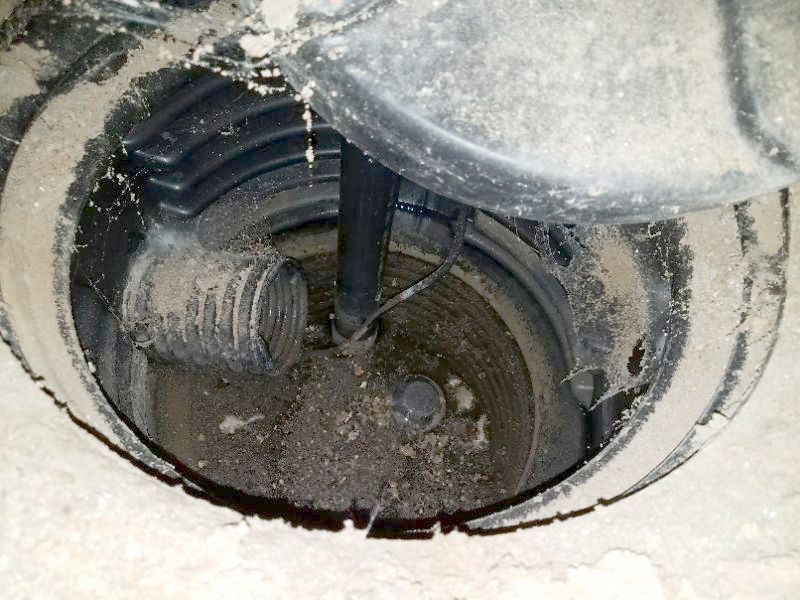
The sump pump system is unworkmanlike. It lacks a structured drain field or an appropriate sump. It is unlikely to be reliable or effective. Hire a contractor to install a sump pump and drainage system.
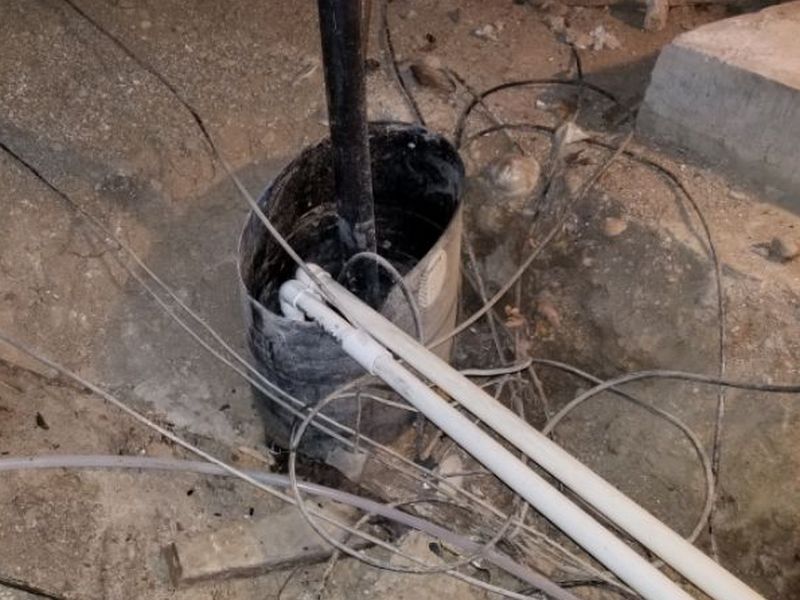
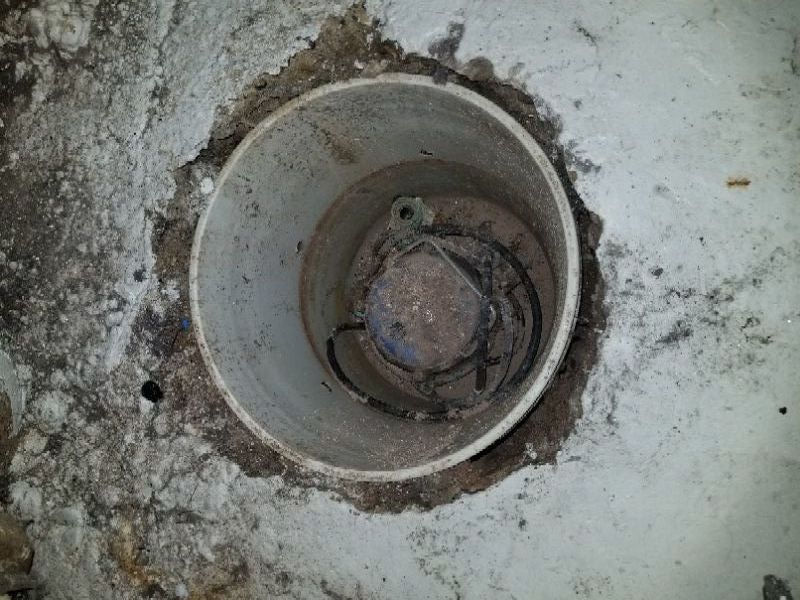
The sump pump does not have a battery back-up system; it is dependent on electrical service. During inclement weather electrical service outages are more likely. This is also the most important time to have your sump pump working. Hire a contractor to install a battery back-up system to keep the pump working if the electricity goes out.

